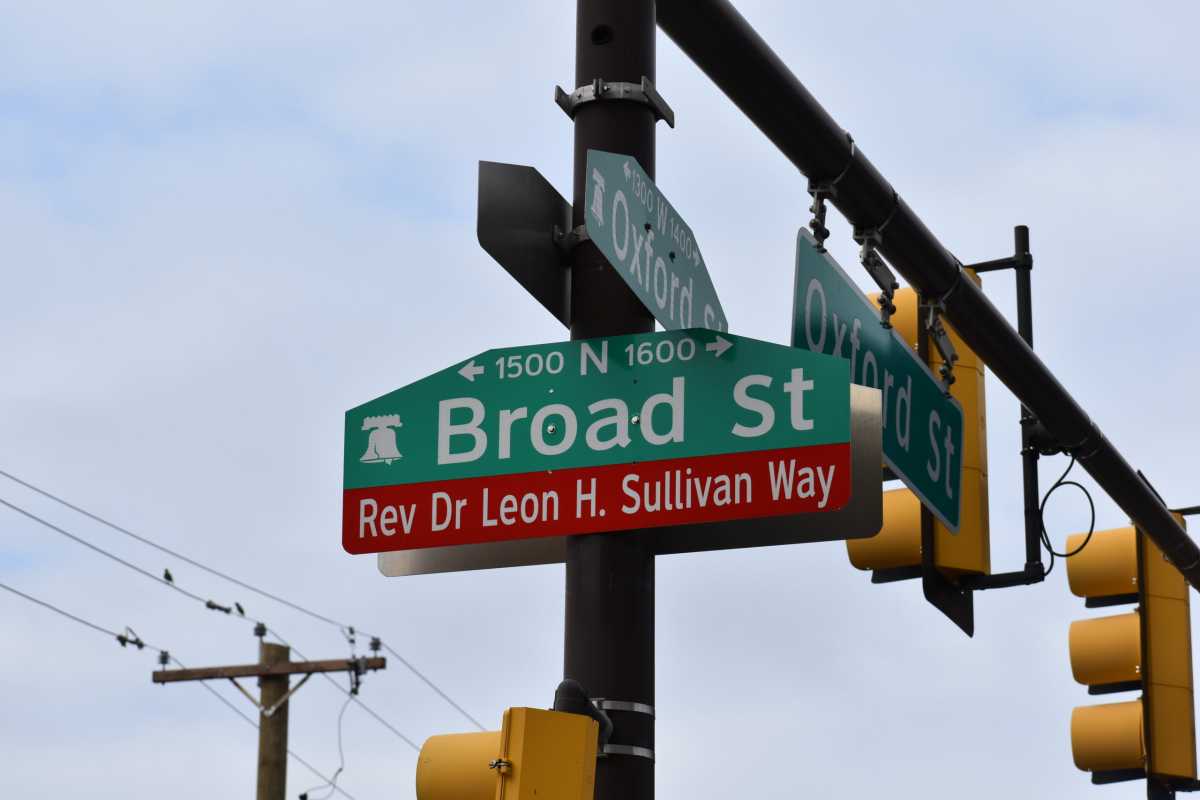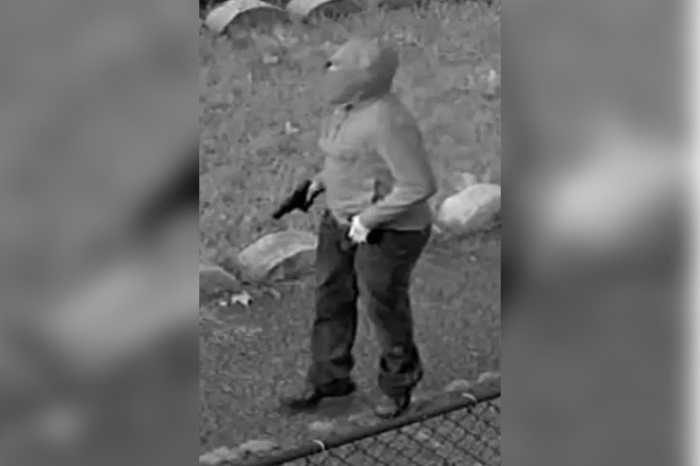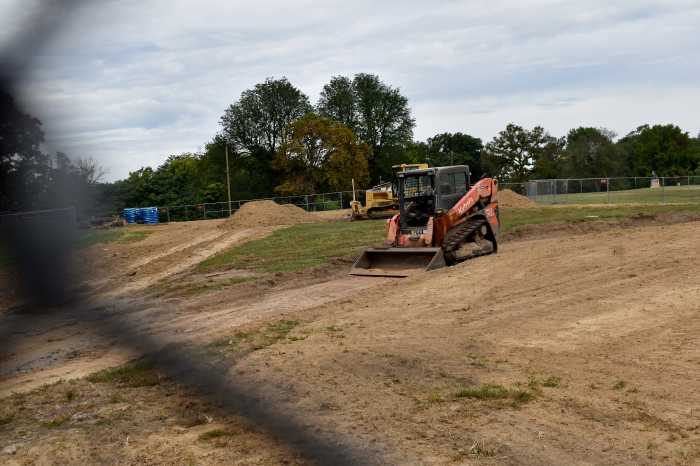Speed cameras appear destined to patrol drivers on Broad Street and several other roads across the city in the near future.
A report issued Friday by Mayor Cherelle Parker’s administration laid out five state routes targeted for automated enforcement, which has been in place along Roosevelt Boulevard for the past four years.
Cameras are being recommended for the entire length of Broad Street; State Route 13 (which travels along sections of Baltimore, Hunting Park and Frankford avenues); Allegheny Avenue; Chestnut and Walnut streets west of City Hall; and Route 291 (west of Broad on Penrose, Bartram and Moyamensing avenues).
The corridors ranked highest based on scores that weighted serious crashes, crashes where speed was a factor and crashes involving pedestrians, the report said. Such an analysis was required by a state law enabling an expansion of the automated enforcement program.
Legislation pending in City Council, sponsored by Mark Squilla, would authorize speed cameras for Broad Street. A hearing is scheduled Monday, and the proposal could receive a final vote this month.
Bills relating to the other routes have not yet been introduced and, considering the legislative calendar and process, likely will not be considered until Council returns from its summer break in September.
Earlier this year, a post on the city’s website said the Parker administration expected to install the new cameras in the fall.
Gov. Josh Shapiro signed legislation late last year making the Roosevelt Boulevard speed cameras permanent and allowing the city to install automated enforcement on up to five other corridors.
The law also permitted Philadelphia to experiment with automated speed enforcement in five school zones. Recommended locations for that aspect of the program were not included in the report.
Automated speed enforcement first came to Roosevelt Boulevard in the summer of 2020, and the devices are now stationed at 10 spots between 9th Street and the Bucks County line.
The cameras snap photographs of license plates, and drivers caught going 11 mph or more over the posted limit are fined between $100 and $150, depending on their exact speed. Funding from the tickets goes into a Pennsylvania Department of Transportation safety fund.
Speeding violations dropped about 90% along the Boulevard between 2020, when the cameras were deployed, and 2022, according to the Philadelphia Parking Authority’s annual report on the program.
Crashes declined 36% from 2019 to 2021, compared to a 6% decrease for all Philadelphia roads, and city officials said the number of crashes involving pedestrians nearly halved.
“Automated Speed Enforcement has been extraordinarily successful in saving the lives of pedestrians and motorists on Roosevelt Boulevard,” Deputy Managing Director Mike Carroll said in a statement Friday. “We’re looking to bring that same lifesaving technology to Broad Street, which has the city’s highest level of traffic deaths and serious injuries.”
To reach the scores, officials analyzed PennDOT crash data from 2018 to 2022. On Broad Street, there were nearly 170 crashes resulting in a fatality or serious injury during that time frame and more than 450 involving pedestrians.
In addition to safety statistics, the report published considered the demographics of the residents living near the proposed camera locations, as well as the distance traveled by drivers on the corridors.
Many of the recommended roads pass through neighborhoods with historically marginalized communities, and an analysis found 68% of trips were longer 8 miles, indicating that people were likely using the streets to commute, according to the report.
The document’s authors concluded that adding speed cameras will enhance safety for residents without placing an undue burden on local drivers.




























